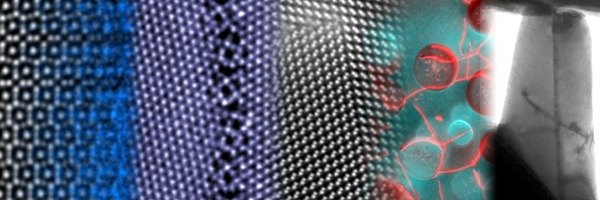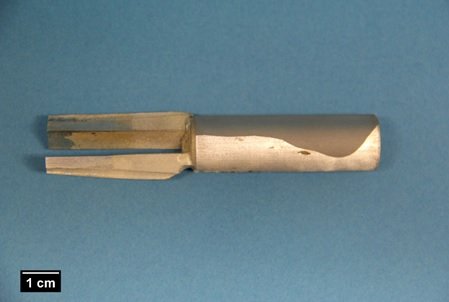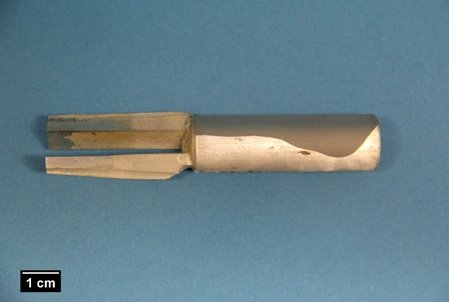
Grain boundary segregation in bcc-metals: a case study in ferritic Iron
In this project bulk ferrite Fe-2wt%Al bicrystals were grown by means of the Bridgeman method (see Fig.1). In this way different tilt GBs can be produced by changing the misorientation angle of the two seed single crystals. First, high-resolution SEM-EBSD measurements are conducted to characterize the global GB type and structure. Further investigations focus on the atomic structure using dedicated transmission electron microscopy (TEM) techniques in combination with atomistic simulations. Second, the samples will be doped with impurity elements such as nickel (Ni), manganese (Mn) or zinc (Zn) to unravel the impact of impurity segregation on the atomic structure of a grain boundary. In a third step, the behaviour and structural transitions of the GB are studied under in-situ conditions in the TEM.
In an ancillary project, a template-based approach will be pursued where defined bi- or tri-crystalline thin films of bcc-metals are obtained by thin film deposition techniques. This way allows to reproducibly establish defined grain boundaries and triple junctions for controlled segregation experiments.

Fig.1 Image of the Fe-2wt%Al bicrystals
